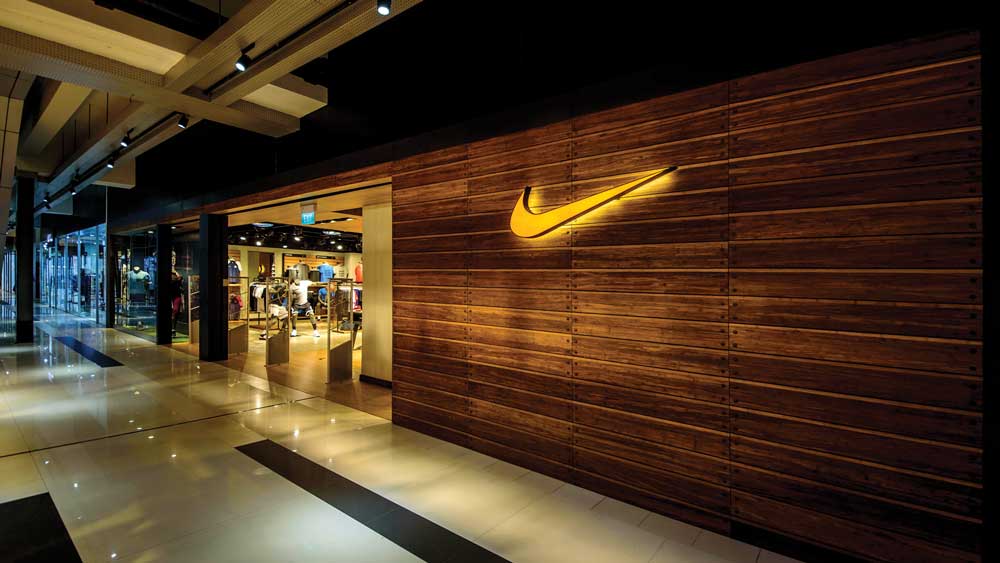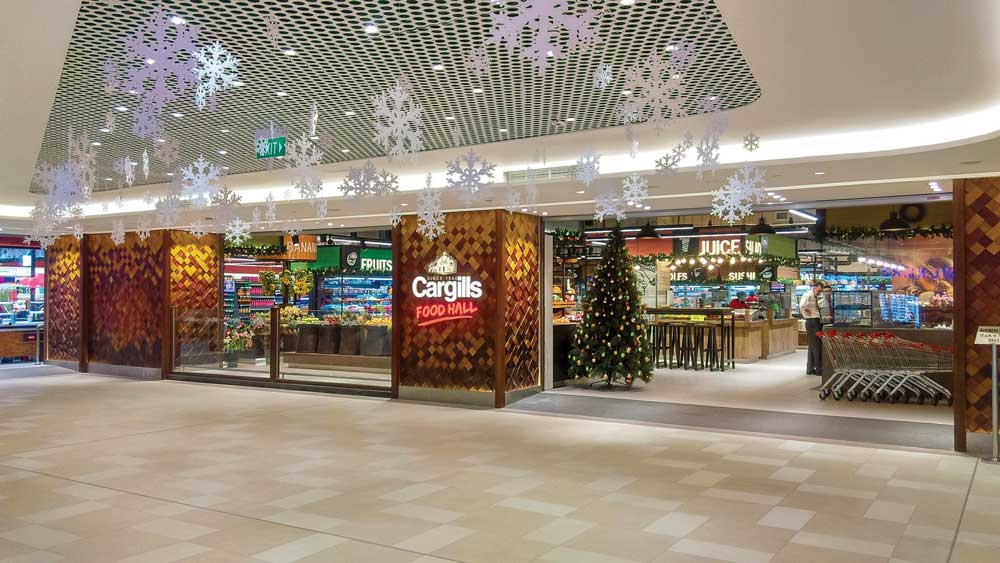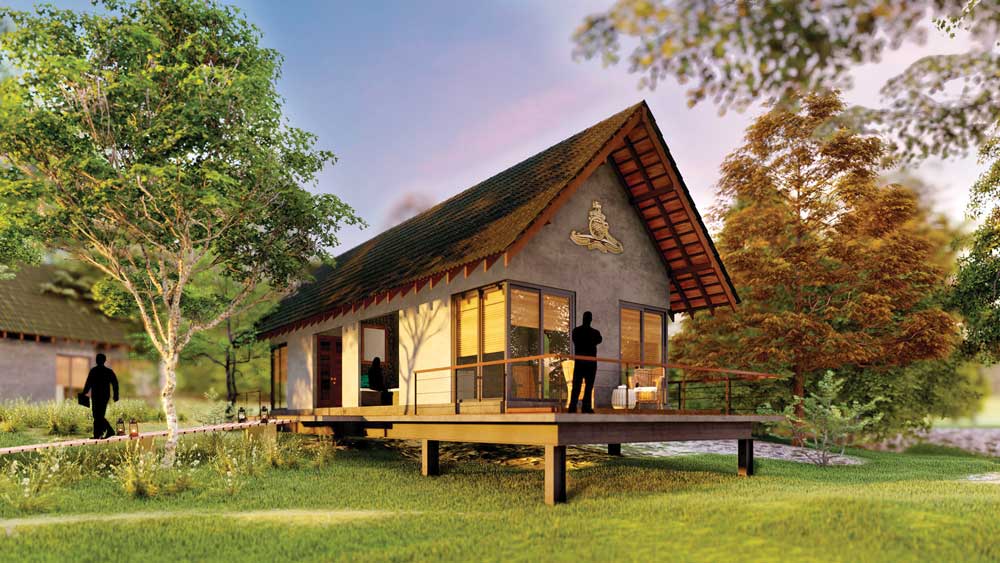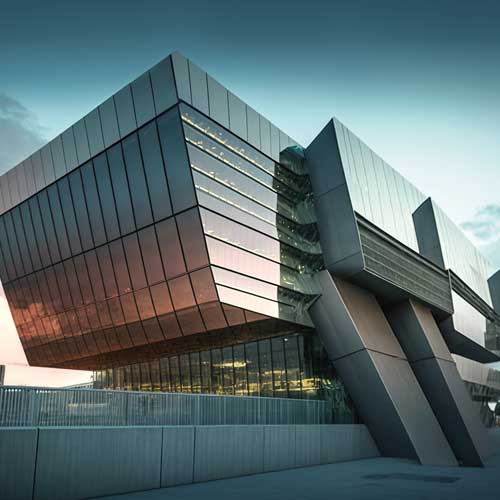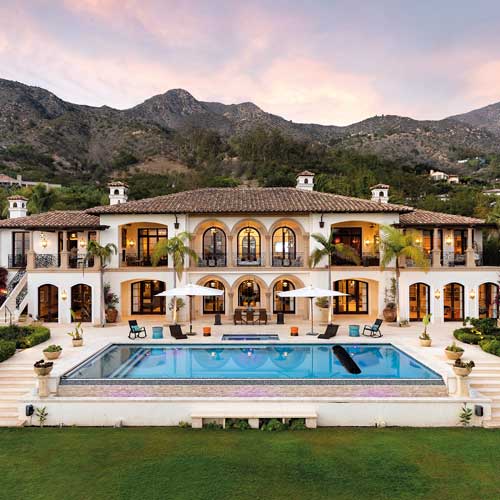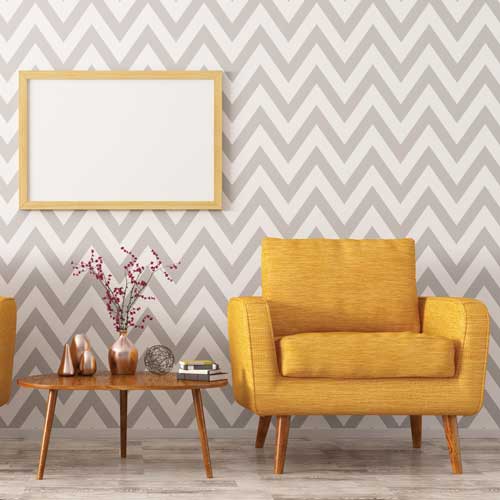The role of culture and design in architects’ trends
Shaam Nizamuddin in conversation with Nicola Jayasundera

As a child, Shaam Nizamuddin loved using LEGO to build houses and drew sketches of his mahagedara in his free periods at school. Determined to pursue his ambition to be an architect, he found inspiration in his guru and mentor Anura Ratnavibhushana.
With a short stint with Deshamanya Geoffrey Bawa under his belt, Nizamuddin hopes to share his knowledge with future generations and to help them by inculcating the value of independent thinking.
His most significant accomplishment is the Eastern Cancer Care Hospice at Eravur in Batticaloa, which was a special CSR project. Following traditional architectural styles, it’s designed to create a private and peaceful environment for patients through a connection with nature.
Q: Are there any major obstacles to the development of architecture, design and construction?
A: In my opinion, a master plan is required for any country to move forward. A national policy, which is tailor-made for Sri Lanka, needs to be drafted and implemented – independent of the political party in power. This could inspire greater confidence in the country for investors.
Furthermore, the bureaucracy and red tape that usually stymies any required regulatory clearances should be minimised or eliminated to further speed up development.
There also needs to be a plan for developing large-scale projects for holistic engagement since these can take the country forward.
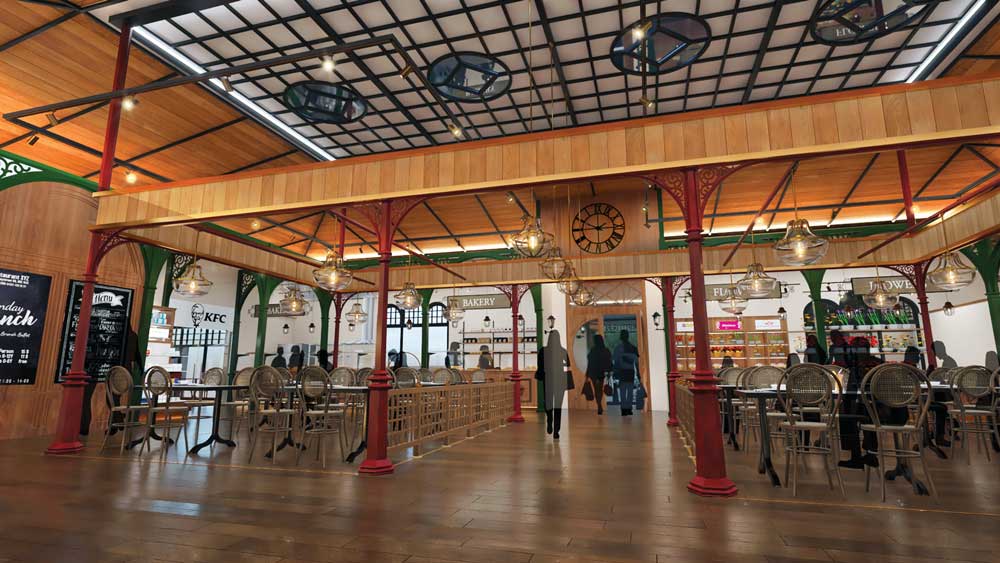
Q: What are the top design trends prevailing in this space?
A: Designs are given by the architect and funded by the client. Therefore, the era we live in will determine the type of trends that are reflected. Presently, it’s a fast track lifestyle. Since everyone wants everything yesterday, design is often sidelined so that consumerism, materialism and practicality can take precedence. Unless a client insists on a good design, what you see is usually heavily diluted.
Therefore, speaking about design trends is very subjective. One can’t arrive at a particular conclusion after only discussing it in very broad terms. With everything being so temporary, design trends are significantly affected by new lifestyles. Many think it’s sustainable but even sustainability has become a marketing tool. Architectural spaces have been diluted and extended to the point where it’s all about maximising profits.
Nothing is permanent when reasonability is not taken up due to the ‘use and discard’ policy. The process of ownership and being passionate about doing something is becoming diluted to the extent that culture is affected.
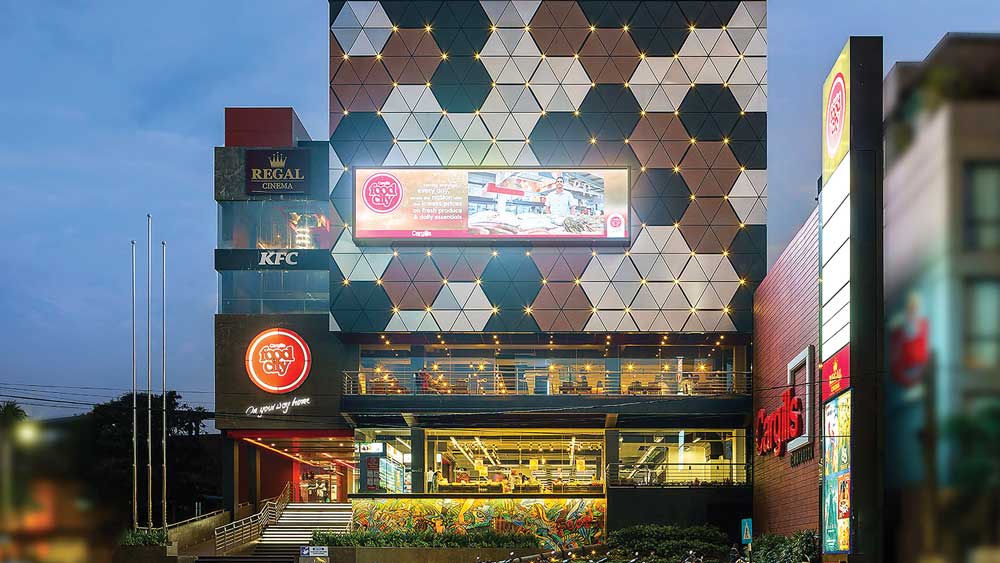
Q: How does architecture contribute to the growth of a culture?
A: Architecture is all about culture because it is what gives meaning and definition to every architectural product that brings a building to life. Design and architecture are based on the traditions and wisdom of a community over a very long period of time, shaped by experience and strengthened by religious beliefs.
Architectural elements are the syllables of architectural culture. The space, form and order of architecture speak the language of culture. The way it’s managed is what we call architecture.
The large volume of a cathedral, mosque or temple evokes a sense of supremacy to the worshipper. Its large entrance provides a sense of control, and the form and details convey the message of sacredness.
Therefore, architecture and culture are closely knit and depend on each other. However, this bond is hard to differentiate in modern architectural trends.
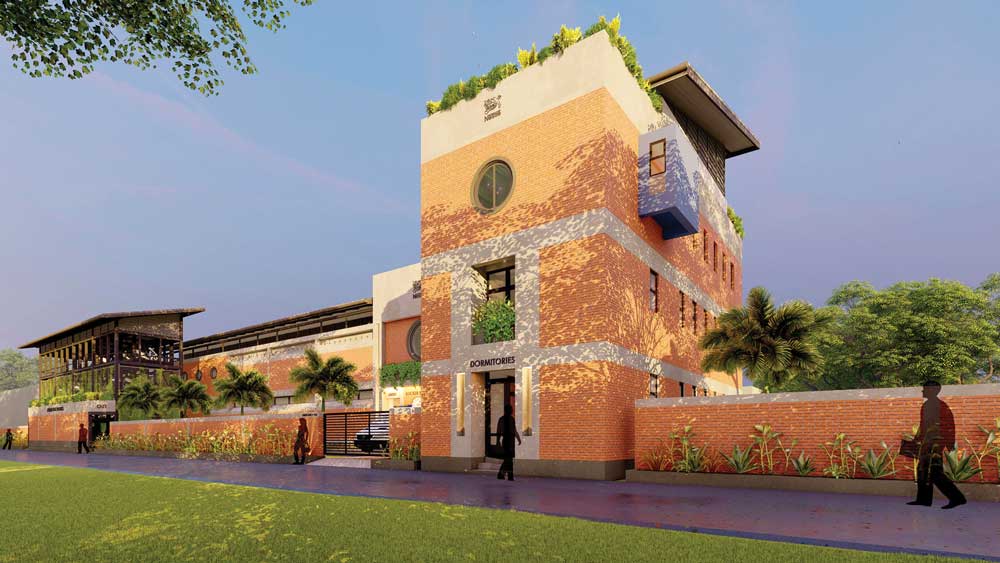
Q: What are your thoughts on Colombo’s dramatically changing skyline?
A: The skyline of Colombo is developing rapidly – but is there enough of a market to sustain these projects? Instead, it should be developed sustainably and integrated to fulfil the aspirations of all citizens.
This skyline should have a Sri Lankan character that makes it identifiable as Colombo. It should not be another Singapore or Dubai. Colombo has a distinguished appeal due to its roots and our way of life. That should not change.
Even though the city is transforming rapidly with high-rise buildings and underground or undersea infrastructure, it shouldn’t matter as long as the design honours our culture.


